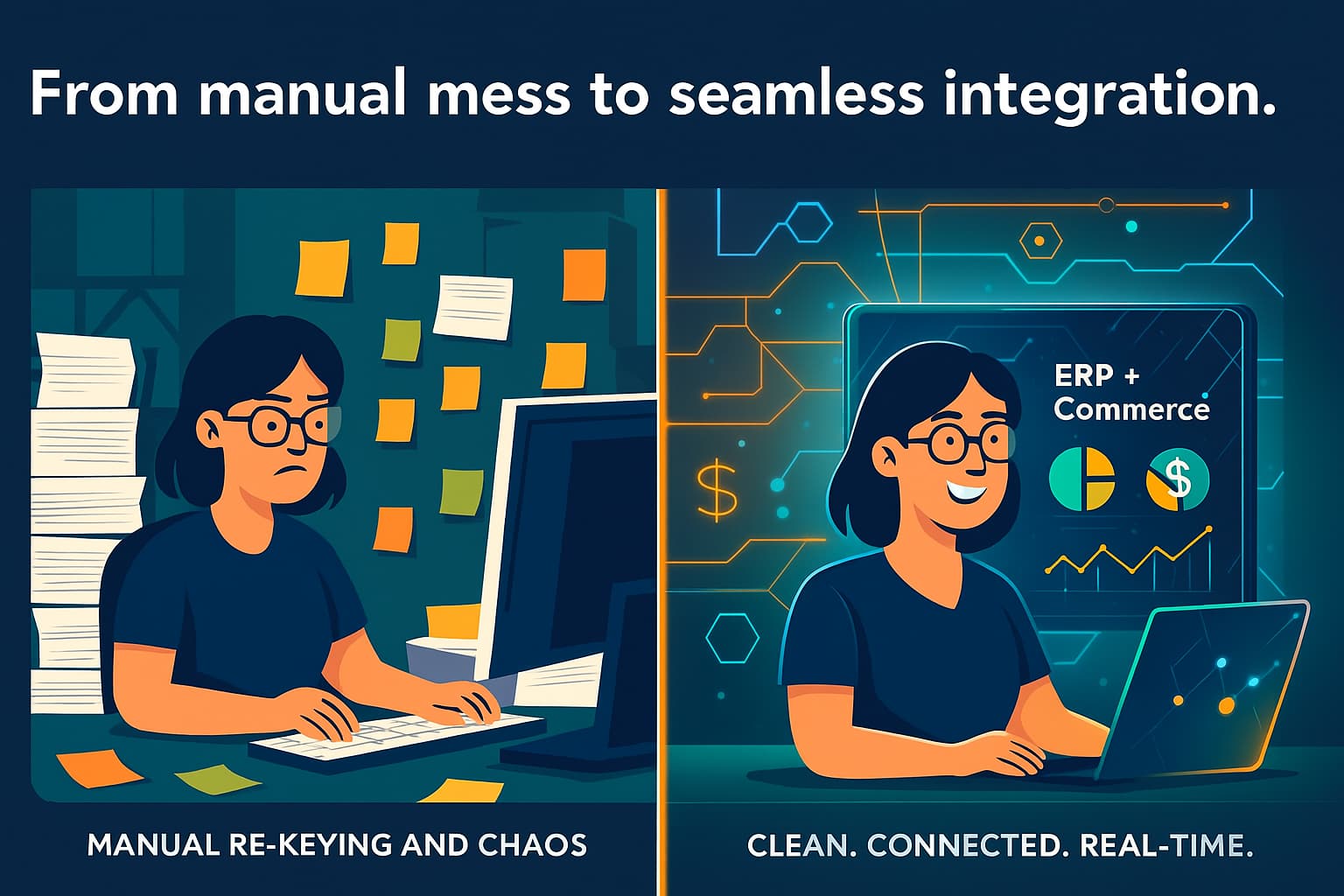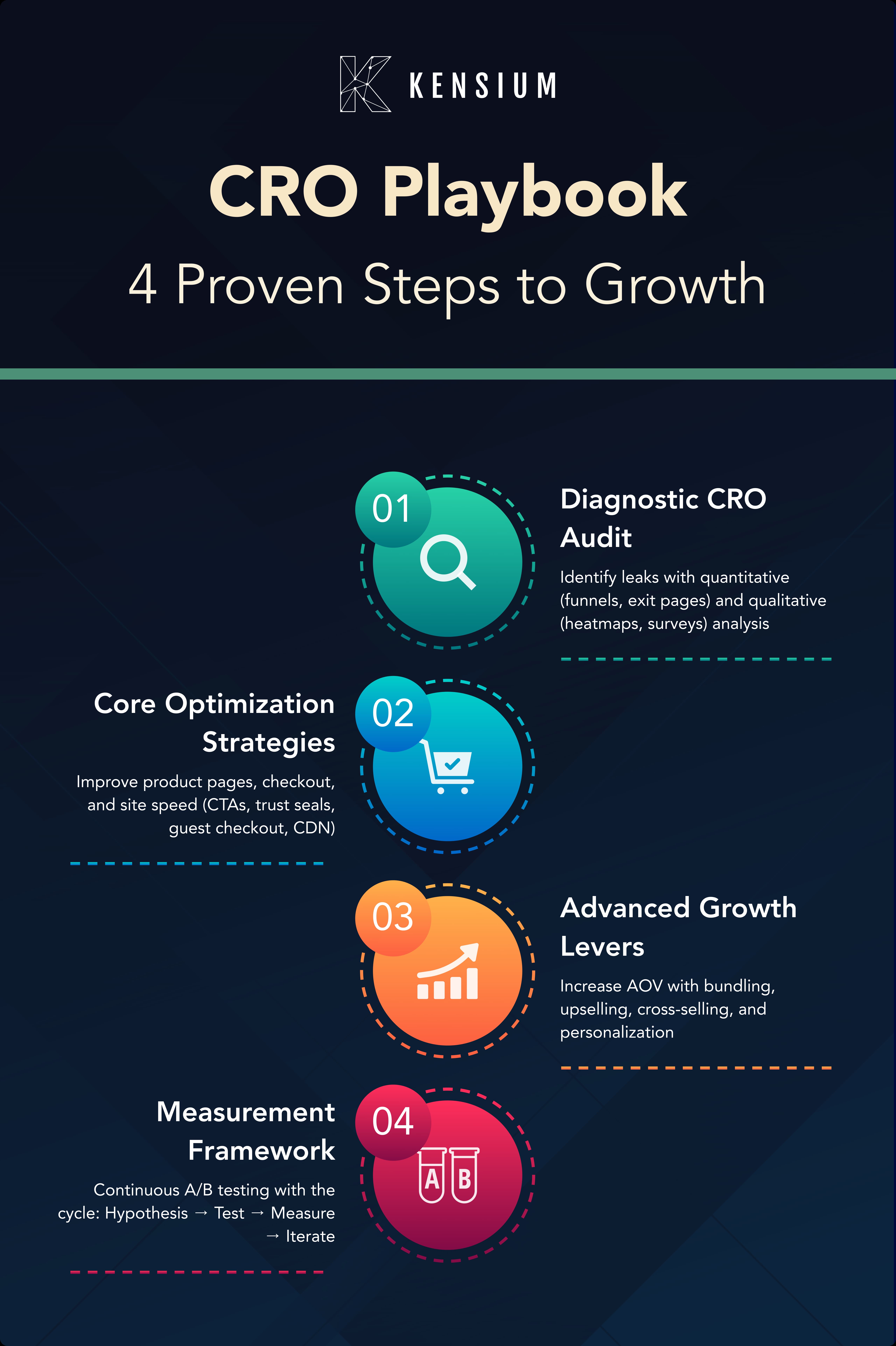
Where We’ve Been
Web pages have long been the primary way a brand attracts readers and customers. Whether you are an individual blogger or a retail/ecommerce business, your website is the face of your brand. We’ve come a long way since the internet's infancy, using things like GeoCities, homestead, Yahoo!, and other WYSIWYG websites. In addition, the introduction of more powerful website platforms like WordPress, Drupal, Shopify, Magento, and BigCommerce has provided a variety of options to introduce your brand and what you do.
These platforms have expanded our reach and helped to unlock the Google secrets of SEO to rank higher, reach more people in more places, and offer new and exciting experiences. Next came mobile responsive websites, mobile applications (there’s an app for that), accessibility standards, privacy standards, and design best practices. But as new ecommerce technology continues to evolve, so do the challenges of keeping up with consumer demand. Progressive Web Apps are the latest technology in this emerging technology space to help businesses dramatically increase traffic and provide dynamic and engaging experiences and content that converts to revenue.
Where We’re Headed – Progressive Web Apps
Progressive Web Applications, or PWAs, are a lighter, more dynamic way of creating a website that not only works on desktops and mobile devices alike but simultaneously provides a much faster, highly interactive experience for your visitors. A PWA works on a desktop or mobile device, just like a web page, but offers more benefits and flexibility than a standard website or a mobile application can on its own.
PWA Platforms
Most popular web platforms support PWAs. Companies like Adobe Commerce (formerly Magento), Microsoft, Apple, BigCommerce, and many more have jumped on the PWA bandwagon. The innovative players in the technology space support PWAs because they offer many advantages by running a web page as an app-like experience, dramatically reducing the amount of back-and-forth traffic between the server and your device.
PWA as a concept is relatively new, but developers have already been creating sites and apps using the same technology for years. A PWA is just the same technology packaged up to make it easier for businesses to deliver content to users. From a branding perspective, your brand messaging and content are created the same way, and you have the flexibility to add website elements like ecommerce, checkout, and navigation.
PWA vs. Responsive Website
Yes, PWAs are a website, but not entirely. Confused? Let’s look at the differences.
Speed & Offline Capability
PWAs exceed traditional websites in speed, often quite dramatically. The cache from your last visit allows content to load faster and avoid potential lag when using a mobile device to view a site. Caching your last visit decreases load times for PWAs because your device isn’t returning to the source server, requesting the information, and sending it back. In addition, the caching of content makes using a PWA offline more efficient and more accessible. You don’t need a high-speed internet connection or a full signal to use data on your device. Given that 5.22 billion people use their phones to shop and interact on the internet, optimizing speed and load times is essential to attracting site visitors and engaging with them.

In contrast, a responsive website is created to work with mobile devices, but it may sacrifice speed. When a responsive website is developed, specific code (HTML, CSS, Java) is used to recognize the device used, ping the applicable code, and then display the page. Suppose a user doesn’t have a strong internet connection or is trying to access the site using cell phone data. In this case, the user will experience slow loading times, and sometimes, the website won’t load. In addition, using public WiFi always brings the risk of malicious users hacking data.
Device and OS Agnostic
A PWA is built on a framework that responds to all web browsers and operating systems. It works the same way no matter where or how you’re accessing it. Because a PWA uses an agnostic framework, there’s no need to develop separate applications for Apple and Android stores. This agnostic approach also eliminates the need to develop separate applications designed specifically for every operating system (type of phone) – which is one of the most costly aspects of a traditional application-centric strategy to reach your customers. A single PWA site creates a consistent app-like experience on every device out in the wild.

In contrast, a responsive website must be created to fit each type of browser and operating system individually. Creating multiple code snippets to call data from specific browsers and operating systems increases the risk of errors, slow load times, and other issues when interacting with the website.

Add To Users' Home Screens
We usually think of a web application when discussing adding an icon to your mobile home screen so you can access it easily. However, a responsive website does not have this functionality. Instead, you must open your browser, type the URL into the browser bar, and wait for it to load. And suppose your business has developed a web app to enhance your responsive site. In that case, it takes up memory and space on your mobile device and given how many apps, photos, videos, and other data are stored on your device, and you can use up memory space quickly.
In contrast, a PWA works within your browser but allows you to add an icon to your device's home page without taking up memory. Additionally, you’re directed to the last location you visited on your site, getting you to your relevant content faster. In contrast, a responsive website takes you back to the home page after typing in the URL.

Taking The Leap To PWAs
If you’re ready to see what a PWA can do for your ecommerce business, you’re in luck! Kensium builds PWAs on Adobe Commerce and BigCommerce platforms, ensuring you have the right platform that works for you and offers the functionality you need. In addition, we provide the technology and integrations to offer customers the engaging experience they want with the back-end functions they require. Contact us today and learn how Kensium builds PWAs and how they can work for you.








.png)










































































